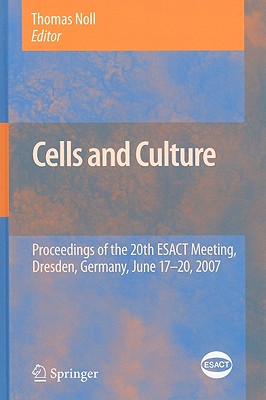Regeneration of tissue to replace damaged or injured tissue is the goal of t- sue engineering. Biomaterials like polyglycolic acid, collagen and small-intestinal submuscosa provide a temporary scaffold to guide new tissue growth and or- nization. Typically, they need to be biodegradable, showing good cell atta- ment and proliferation and they should possess appropriate mechanical properties (Kim et al., 2000). Synthetic polymers ful ll most of these requirements but lack cell-adhesion peptides on their surface to enhance cell attachment. Ce- adhesion peptides are present in ECM proteins like collagen and elastin. Thus a synthetic polymer coated with ECM proteins would result in a scaffold that mimics the natural cellular environment with enhanced cell attachment and p- liferation. The new bioactive scaffold will be made by combining a synthetic polymer coated with a layer of recombinant ECM proteins produced by CHO cells. The rst step consists of identifying polymers that give best results in terms of CHO cell attachment and growth. Classical techniques to determine biomass are inappropriate to evaluate 3-D structures. Thus a screening system based on stable GFP expressing CHO cells was used to compare the different scaffolds. Simple uorescent measurement after cell lysis allows determining cell attachment and p- liferation on synthetic polymers. Finally CHO cells producing human recombinant collagen I and elastin were generated. We showed that both proteins are expressed and secreted by CHO DG44 cells. 2 Materials and Methods 2.
| FindBook |
有 1 項符合
Cells and Culture: Proceedings of the 20th ESACT Meeting, Dresden, Germany, June 17-20, 2007的圖書 |
 |
Cells and Culture: Proceedings of the 20th ESACT Meeting, Dresden, Germany, June 17-20, 2007 作者:Noll 出版社:Springer 出版日期:2010-09-14 語言:英文 規格:精裝 / 871頁 / 23.4 x 15.5 x 4.8 cm / 普通級 |
| 圖書選購 |
| 型式 | 價格 | 供應商 | 所屬目錄 | $ 19799 |
生物化學暨分子生物科技 |
|---|
| 圖書館借閱 |
| 國家圖書館 | 全國圖書書目資訊網 | 國立公共資訊圖書館 | 電子書服務平台 | MetaCat 跨館整合查詢 |
| 臺北市立圖書館 | 新北市立圖書館 | 基隆市公共圖書館 | 桃園市立圖書館 | 新竹縣公共圖書館 |
| 苗栗縣立圖書館 | 臺中市立圖書館 | 彰化縣公共圖書館 | 南投縣文化局 | 雲林縣公共圖書館 |
| 嘉義縣圖書館 | 臺南市立圖書館 | 高雄市立圖書館 | 屏東縣公共圖書館 | 宜蘭縣公共圖書館 |
| 花蓮縣文化局 | 臺東縣文化處 |
|
|
圖書介紹 - 資料來源:博客來 評分:
圖書名稱:Cells and Culture: Proceedings of the 20th ESACT Meeting, Dresden, Germany, June 17-20, 2007
|











